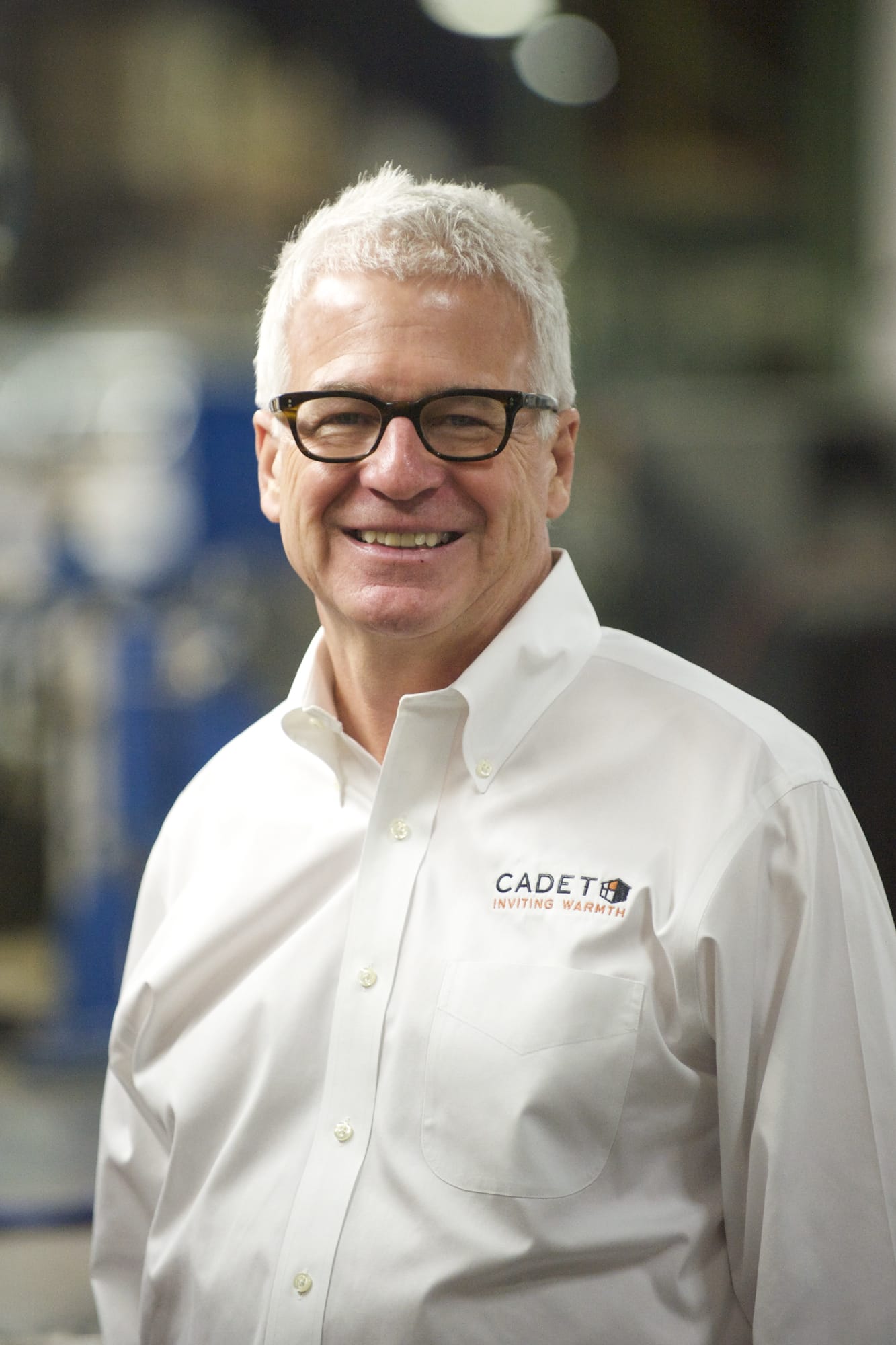Products: Wall, baseboard and garage heaters and associated products.
Ownership: Privately owned, founded in 1957.
Employees: 106 year-round, 30 seasonal.
Website: www.cadetheat.com
Cadet Manufacturing faced a daunting list of misfortunes in the late 1990s: A handful of lawsuits related to house fires allegedly ignited by its electric heaters; a massive, government-ordered recall; Chapter 11 bankruptcy proceedings; and the costly cleanup of toxic chemicals once used in its manufacturing process.
One might assume the heater maker is now defunct.
Instead, Cadet is a more robust business than ever. Cadet just celebrated the best November in its 57-year history, according to a spokeswoman. The company has won six awards this year, including the 2014 Manufacturer of the Year from the Association of Washington Business.
Cadet mounted its unlikely turnaround with a combination of old-fashioned and newfangled strategies. Company leaders relied on face-to-face meetings to restore the public’s trust, while adopting lean manufacturing techniques and new software to save time and money on production. These changes also helped the company weather the Great Recession. More recently, Cadet turned to another Vancouver company, AHA!, to overhaul its brand and find new growth in a market aimed directly at consumers.
Disaster strikes
Earlier this month, Cadet’s president, Hutch Johnson, sketched a crude line graph on the whiteboard in his modest office. The figure showed the company’s performance since he was hired in 1998. At first, the black marker line plunged sharply.



